Tire balancing is like giving your wheels and tires a tune-up. It ensures that the weight is spread evenly around the unit’s whole circumference.
What are the two types of wheel imbalance?
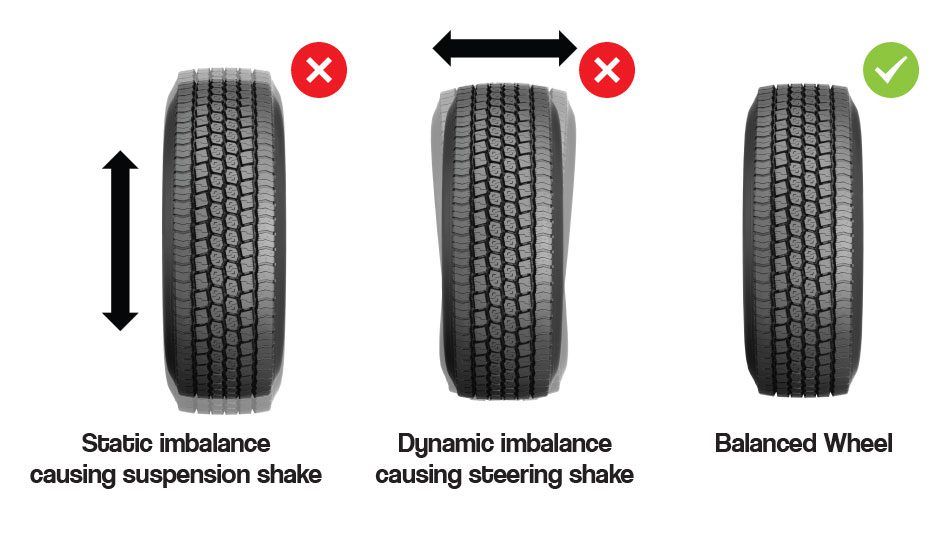
There are two forms of imbalance that might result from heavy or light spots:
Static imbalance:
This type of imbalance occurs when a tire has a heavy or light spot that makes it move up and down in an uneven way.
Dynamic imbalance:
This type of imbalance occurs when the weight on each side of the tire/wheel assembly is not the same. This makes the tire/wheel assembly move from side to side.
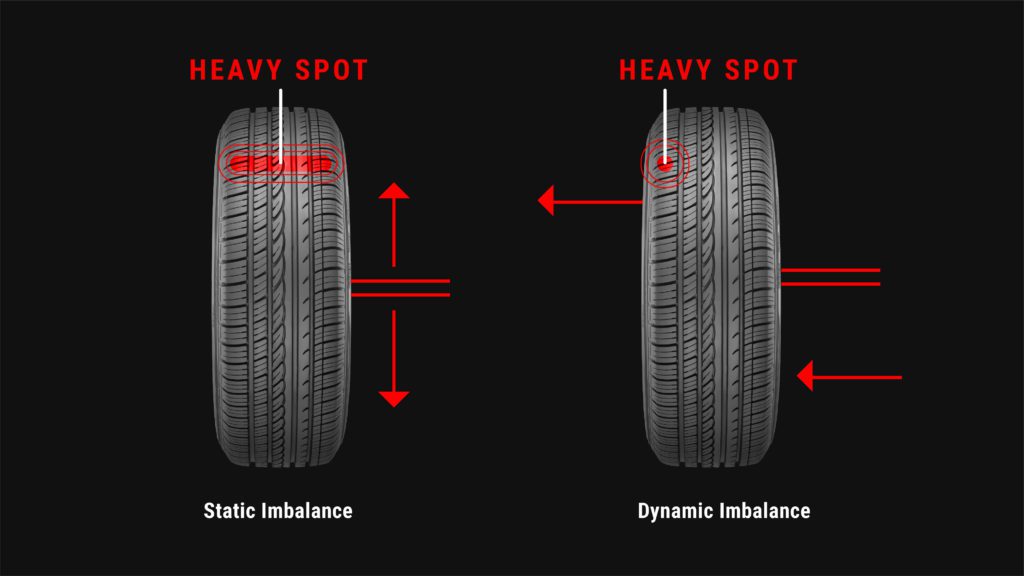
How to Know if your tires are unbalanced?
Unbalanced tires usually wear out unevenly and faster, get less mileage per gallon, and cause vibrations in the steering wheel, floorboard, or seat that worsen as the car goes faster.
The wheel-tire unit will roll smoothly when all components are as evenly weighted as feasible. So, it will wear out evenly and last longer.
Balancing also brings the comfort of the ride: Tires that aren’t balanced will wobble or shakes up and down, which makes the car vibrate.
Let’s dive deeper into the causes of unbalanced tires.
Symptoms of unbalanced Tires
Tires wearing unevenly
Tires are expected to wear out after a certain period of time. But if you notice uneven wear in your tires, you have a serious problem.
This sign might not be as clear if you don’t know how your tires normally wear. The tread wears down in different places when your tires aren’t balanced.
If you notice that some of the treads on your tires are wearing down faster than others, that’s a sign that your tires are out of balance.
Why do tires wear unevenly if they are unbalanced?
Because it puts more stress on parts of your tire that aren’t made to handle that kind of stress, which makes your tires last less long. Tires that are out of balance and wear unevenly are more likely to go flat.
Increase in the fuel consumption
Tires that aren’t balanced use more gas than they should; this is because tires that aren’t balanced tend to put more pressure on the engine, which makes the engine have to burn more fuel to work as well as it should.
When you drive, tires that aren’t balanced create a sort of resistance. This affects how well the engine works, so it consumes more fuel to do its normal job.
Unusual Engine Noise
When a tire isn’t balanced, it usually makes strange and annoying noises. Most of the time, the sound is like a hum or buzz. A tire out of balance generally makes a strange, unusual, and annoying sound while driving.
It’s hard to steer properly.
If your tires aren’t balanced, you might also find it hard to keep a firm grip on the steering wheel. If your tires aren’t balanced, turning your car won’t be as smooth, so you won’t be able to steer your car easily and comfortably.
This situation would make your car’s steering wheel take longer to respond, increasing the odds that you would get into an accident. This is why you should take care of and fix a sign of an unbalanced tire as soon as you notice it.
The steering wheel vibrates at high speeds.
The steering wheel needs to be stable to fully control the car. If your tires are unbalanced or misaligned, you’ll feel a vibrating steering wheel when driving.
You’ll notice a vibration in the steering wheel when driving if your tires are unbalanced or misaligned.
The vibration might be stronger if the problem is with the front wheels. The steering wheel is unstable because the wheels touch the road at different angles.
It will shake when moving, especially if you’re going fast.
It will start to shake when it’s moving, especially if you’re going fast. Sometimes the unbalanced wheel problem gets out of control, and the vibration spreads to more parts, mostly the frontal chamber.
FAQ:
How do wheels go out of balance?
Everyday use of tires will eventually cause them to become unbalanced.
Another factor is manufacturing defects: Weight is not spread out exactly the same on tires and wheels. In some spots, they’ll be a little bit heavier.
How Are Tires Balanced?
At the tire shop, wheel-tire units are placed on a balancer that takes measurements to identify areas of lighter or heavier weight spots and adjusts accordingly.
The best time to do it is when the tires are being rotated, both because it is easier and because you might not notice a tire that is out of balance in the back until it is moved to the front.
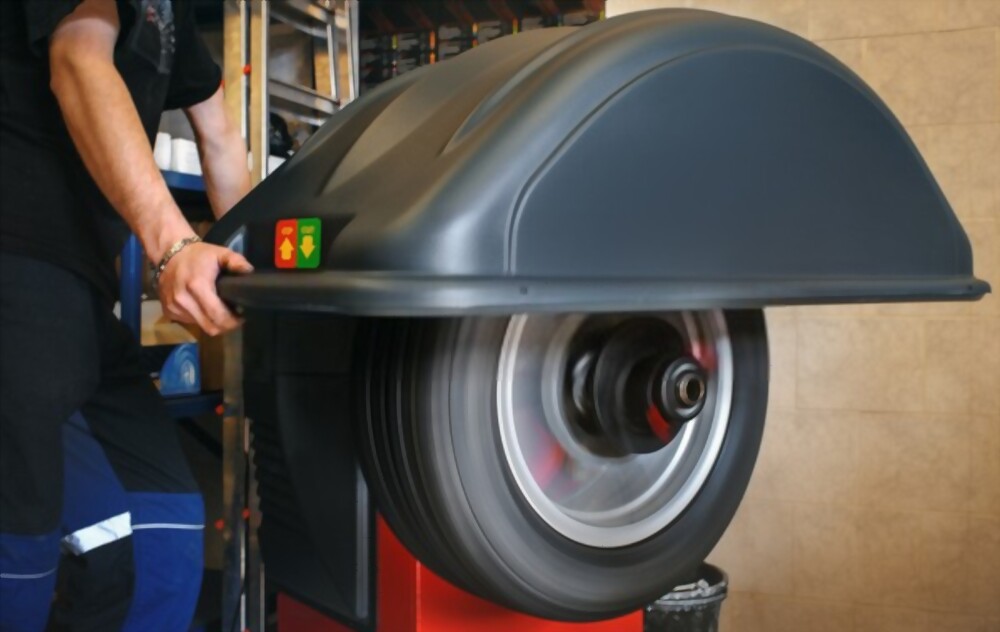
What’s the difference between balancing and alignment?
Many people don’t know the difference between unbalanced and misaligned tires. The position of the tires in relation to each other is what is meant by “alignment.”
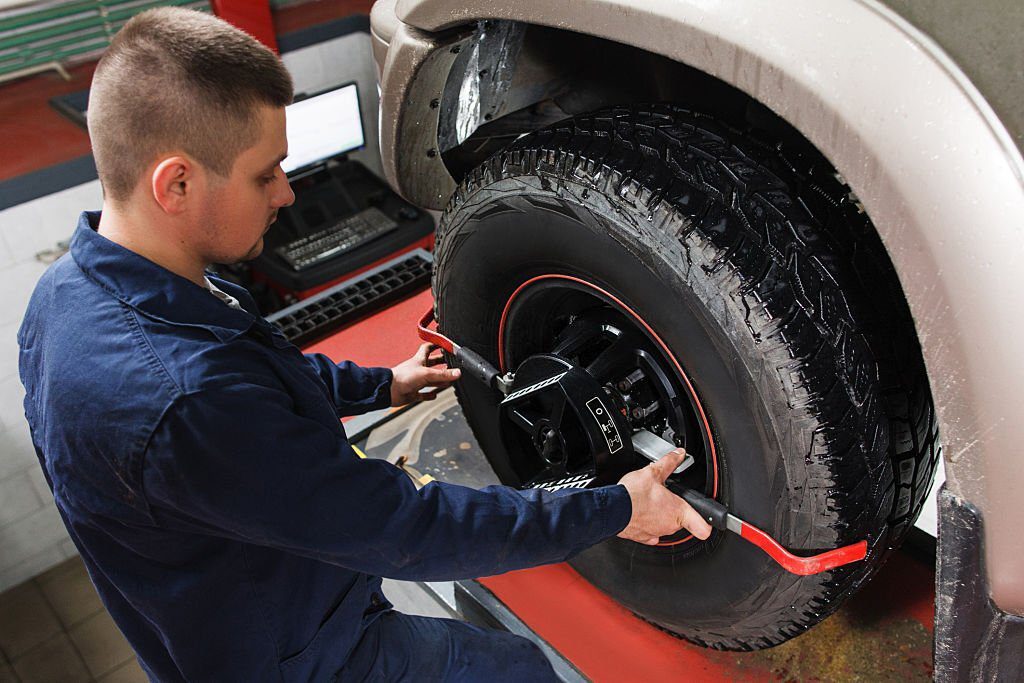
When you realign your wheels, you ensure they are all the same distance from each other and the road. When you balance your tires, you ensure they sit straight on your axle so that the widest, thickest, and heaviest part of your tires makes full contact with the ground.
How often should I balance my tires?
Every 4,000 to 6,000 miles of normal use, you should have your tires rotated and balanced. When a tire is patched or replaced, have them balanced.
What is the cost of tire balancing?
Tire balancing costs vary based on where you live, what kind of auto shop you go to, and, most importantly, what kind of car you have. In the United States, balancing all four tires costs about $40 on average.
What is a tire rotation?
Tire rotation is switching a vehicle’s front and back wheels to make the tread wear on each tire the same.
When tires are rotated, do they need to be balanced?
No, you don’t have to balance your tires every time you rotate them. Still, it’s a good idea, but if you don’t have any of the above problems, you don’t need to worry about balancing your tires. It would just be extra money you don’t need to spend.
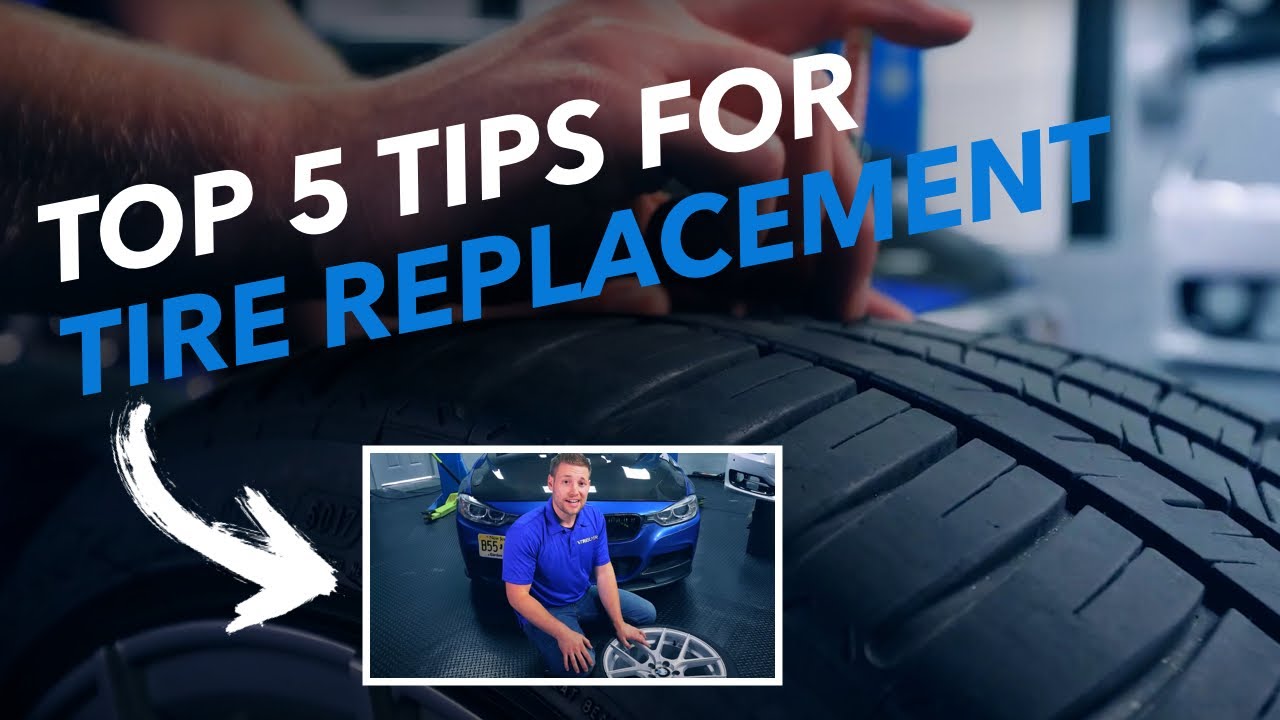
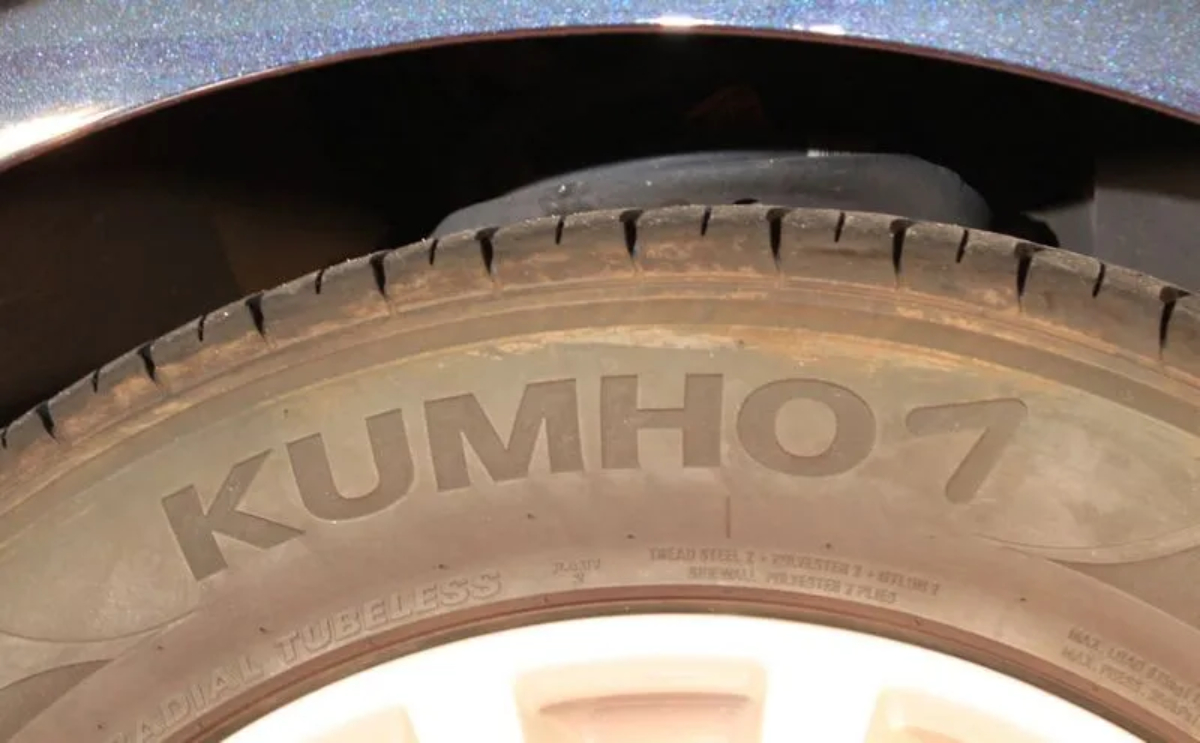
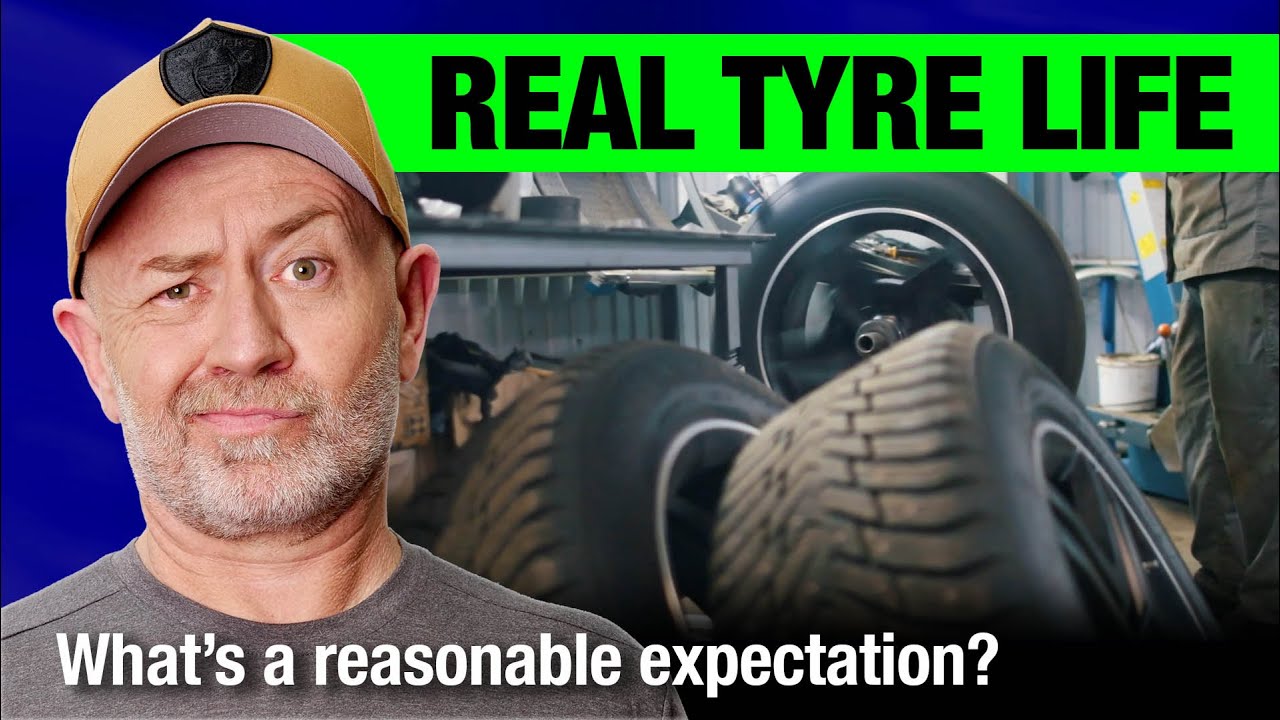
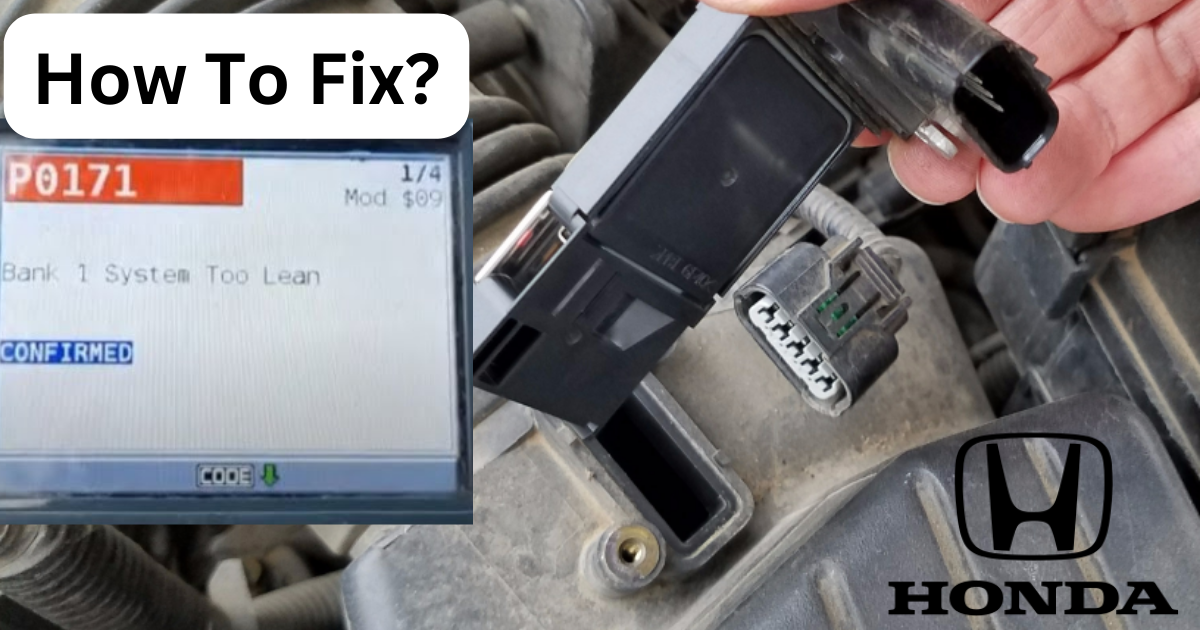
I found it very helpful